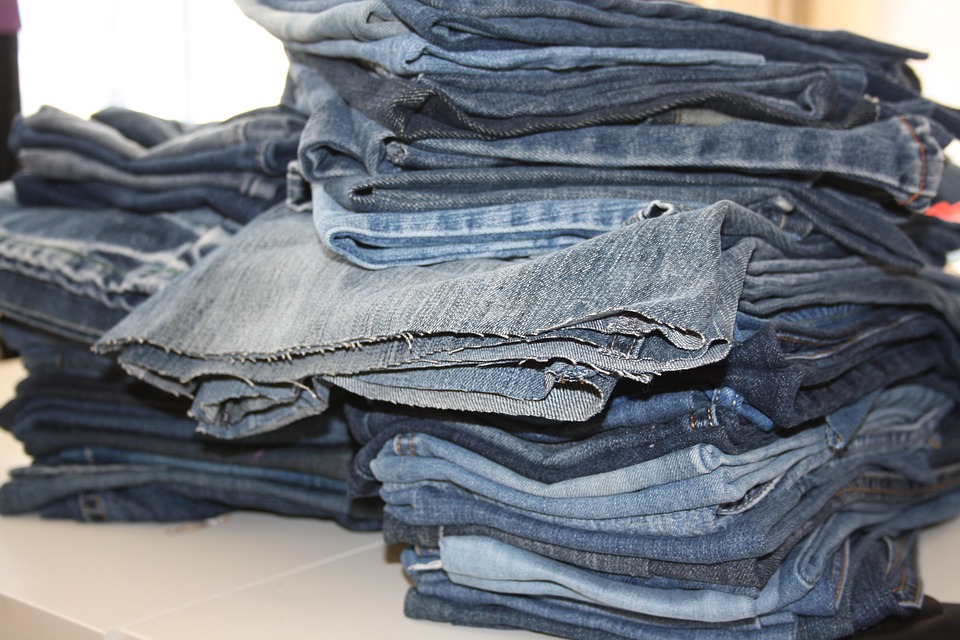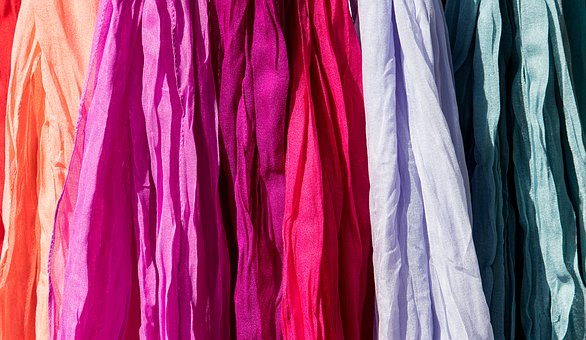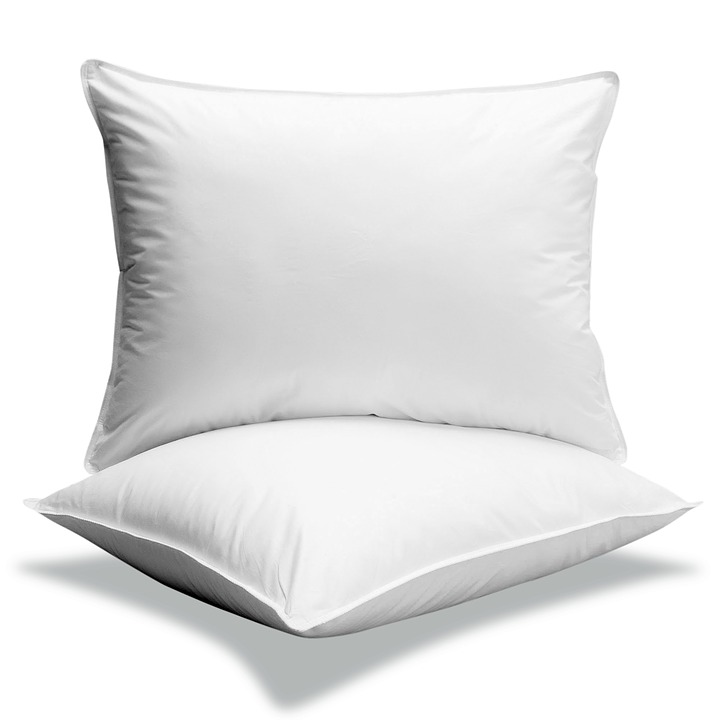There are a lot of people dealing with upcycled fabrics and clothes. In fact, quite of few of these places have found a home on Etsy and other similar sites that put customers in touch with small craftsmen. There is a large market out there for clothing that is made out of recycled fabrics. They are quickly becoming one of the most popular overall fashions in the country and they are also lowering in price as demand grows. If you are interested in buying yourself some recycled clothes, you may find yourself being a little picky at times. After all, you don’t know who was wearing those old clothes last, and that can have a tendency to freak some people out. The best way to avoid worrying about something like this is to simply buy from a reputable dealer or a reputable clothing creator.
There are a lot of great shops on Etsy that let you buy upcycled clothes, but the stuff being sold at the Zasra shop in the Etsy marketplace is taking it to another level. A lot of people simply make stuff that “looks” like clothes out of older clothes. They feel like they can bring in customers no matter what the clothes look like since the fabrics are upcycled and that’s what customers “really” want. Zasra doesn’t take this tact. This store actually provides you with clothing that will be something that you’d be proud to wear for more than just environmental reasons. The selection here is great and you’ll like what you see.
Anita Spero Design Shop at Etsy
Also on Etsy, you will find the Anita Spero Design shop to be a high-class operation with a lot of great upcycled clothes. The clothes here are stylish and they can be worn for any occasion from formal events to lounging around at home. This shop really makes it easy to shop with an environmentally-friendly mindset.




